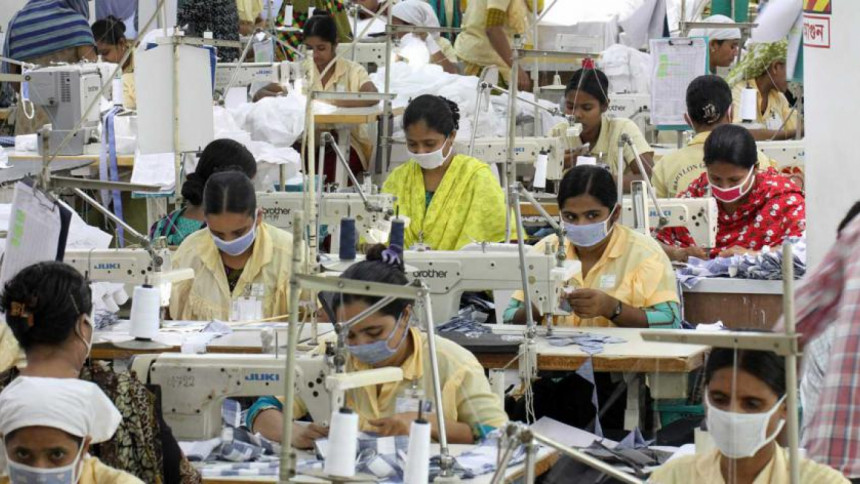Pave way for unionisation in garments: HRW

Bangladesh government should urgently remove legal and practical obstacles to unionization in garment industries, Human Rights Watch has said.
Garment workers face daunting challenges to unionization, and remain at risk of interference and threats by factories three years after the Rana Plaza building collapse, it said in a report.
"Let's remember that none of the factories operating in Rana Plaza had trade unions," said Phil Robertson, deputy Asia director at Human Rights Watch.
"If their workers had more of a voice, they might have been able to resist managers who ordered them to work in the doomed building a day after large cracks appeared in it."
Rana Plaza caved in on April 24, 2013 taking with it the lives of at least 1,134 people – mostly garment workers who used to work in the five factories housed inside the building.
Only about 10 percent of Bangladesh's more than 4,500 garment factories have registered unions, HRW said. While many factory workers have tried to form unions, government authorities have frequently rejected applications.
Bangladesh labor laws and procedures pose formidable barriers to founding and operating a union. The labor law requires an unreasonably high 30 percent of workers in a factory to agree to form a union and mandates excessive registration procedures. The government has vaguely defined powers to cancel a union's registration.
Factories also threaten and attack unions and their members with impunity. Human Rights Watch has documented cases of physical assault, intimidation and threats, dismissal of union leaders, and false criminal complaints by factory officials or their associates against garment workers. The Bangladesh authorities have failed to hold factory officials accountable for attacks, threats, and retaliation against workers involved with unions.


 For all latest news, follow The Daily Star's Google News channel.
For all latest news, follow The Daily Star's Google News channel. 








Comments